Programs of Mad and its surroundings
Rákóczi-Aspremont Mansion
This 16th-century building was probably owned by the Rákóczi family. Alterations that resulted in the current mansion can be linked to Julianna Rákóczi and Prince Gobert Aspremont. It had changed hands several times when it was bought by Tállya and Mád estate owners Mária and Mathild Tischler at the end of the 19th century
The mansion, which was beautifully renovated a few years ago, now houses Barta Winery.
The Synagogue and the Yeshiva
In the second half of the 18th century a large number of Jews settled in Mád and they successfully joined the trade in wine. Their synagogue was constructed according to Jewish law between 1795 and 1798. Women, children and men brought the stones from the nearby quarries, so no gentile hand would touch them. The four supporting pillars inside create an interior in nine parts, a Polish-Lithuanian Renaissance innovation in the 16th century. With its dome, it was built with Copf and Baroque features.
The building lost its function after World War II and fell into disrepair. Restoration work was started in 2000. The Hungarian state renovated first the synagogue and then the rabbi school. Now the renovated synagogue and Yeshiva, which is pilgrimage accommodation, are open to visitors.
Pulszky House (59 Rákóczi u.)
The first mention of the house dates to a record of 1755 listing the houses of nobles exempt from paying taxes. Sámuel Pulszky’s house was included. The mansion’s cellar is a “cellar labyrinth”. It was a pharmacy in 1834.
The most famous Pulszky was Ferenc (1815-1897), a scholar, writer and politician, who often stayed in Mád during the harvest. On the 200th anniversary of his birth a plaque was placed on the wall.
From 1905 it was owned by the Barna family. At the time there was a cooperage in the side wing.
Demetervin Winery is based in the mansion today.
Zimmermann House (Sichermann House)
The house with stone framed entrance, long façade and U-shaped layout is rare in Mád, despite the fact it is a typical form of building in the market towns of Upper Hungary (today Slovakia). We know Emánuel Sichermann owned it in the second half of the 19th century. According to the 1869 census, the house was the home of Adolf Zimmermann and his family who had become an influential landowner in Mád, indeed the whole region, by the early 20th century.
Grossmann House (47 Rákóczi u.)
The town house was originally a much larger building, probably part of the Ball House, only part of which was restored after it burnt down in 1895. Originally U-shaped with a large entrance in the middle. The part which burnt down was probably the Red Grape Inn with a dance hall which could accommodate large numbers of people. Balls were held here during the harvest so the noble guests could relax.
Borsay Kastély (39 Rákóczi u.)
Documents record the owner as Mád Jewish family of Jakab Weinhandler, ancestor of the vineyard owner and merchant who was baptised and Hungarianised the name to Borsay. Their villa on the main road was different from the typically closed row of houses. Their building was probably also the symbol of their business as we can see on a wine label dating from around 1910.
After World War II the wine society Hegyalja Művek used the villa which later became school rooms, lodgings and a dining room. After its recent renovation it will be used by the University of Debrecen’s Wine Academy.
Catholic church
The Holy Trinity (formerly Saint Anna) church was built in 1525-26. The tower was added in 1635. The stone tablet above the entrance records that it was built by János Czirner of Lőcse (today Levoča, Slovakia) in 1653. During the Reformation the whole population of Mád converted to Calvinism, so Protestant services were held in the church. From 1711 the church and its presbytery, school and vineyards were permanently returned to the Catholics. The building was damaged by fires of various degrees of severity over the centuries.
Calvinist church
Construction of the church began in 1800 and was completed 28 years later. The congregation gathered here from 1817. The late-Baroque church lies east-west; it is 13x34 metres inside. It burnt to the ground in 1852. Members of the congregation travelled the country for donations to enable the building of the church. It was finished in 1857 together with its new furnishings. Large-scale repairs were carried out in 1913, including the plastering of the original wooden coffered ceiling and construction of the 28-metre-tall tower’s top. Three bells are in the tower.
Updated: 2019.06.06.


